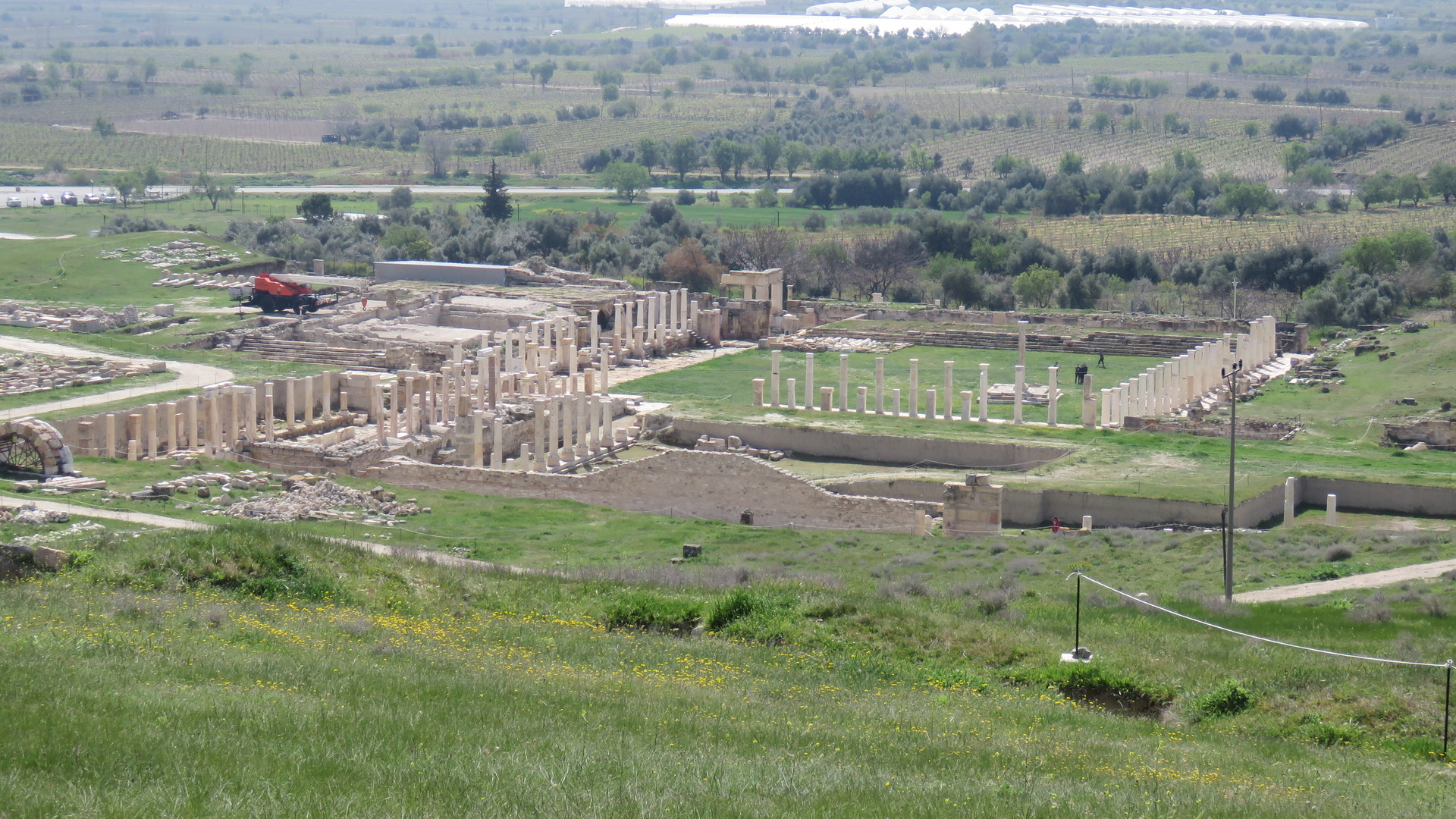Ancient Roman Villa Unveils Stunning Fish Pond in Tripoli

Unearthing a Roman Masterpiece in Tripolis
In the ancient city of Tripolis, nestled within the Buldan district of Denizli, ongoing archaeological efforts have revealed another astonishing discovery—a grand and opulent Roman villa covering over 16,000 square feet. This remarkable find has captured the attention of historians and archaeologists alike, offering a glimpse into the lives of the wealthy elite during the Roman era.
The excavation, which has spanned 13 years, has focused on one of the best-preserved cities in western Anatolia. The newly uncovered villa stands out as a unique and exceptional structure, not only for its size but also for its intricate design and rare features. Among these is a large fish pool that has become a focal point of interest.
A Home Designed to Impress
The villa complex features two grand halls, a columned courtyard, an inner garden, and a 430.556-square-foot fish pool equipped with two fountains. These elements suggest that the home was not just a place of residence but a statement of wealth and status. The interior walls are adorned with vibrant frescoes, showcasing plant motifs and architectural patterns in a rich palette of yellow, red, blue, and brown. Such decorations provide insight into the tastes and preferences of the affluent members of society.
Archaeologists believe that the owner of this villa held a prominent position in the community, using the property to host guests and showcase their wealth. The design of the villa was clearly intended to impress, with every detail contributing to a sense of grandeur and sophistication.
The Fish Pond: A Unique Feature
One of the most distinctive aspects of the villa is the fish pond, which is considered unique for its location in Anatolia. While fish farming was known in coastal Roman cities, it was less common in this region of the empire. The pond, located at the southern entrance of the villa, was part of a long columned promenade leading to the main entrance. Guests would have entered through this space, walking along an impressive path before arriving at the stunning fish pond.
The pond was designed with terracotta pipes lining the inner walls, allowing fish to seek shelter from direct sunlight. However, these aquatic creatures were not just for aesthetic purposes—they were also a delicacy enjoyed during lavish banquets. The presence of marine shells around the villa further emphasizes the effort to create a luxurious environment, evoking the sea within the confines of the home.
Status and Symbolism
Fish ponds during the Roman period served both practical and symbolic purposes. They were not only sources of food but also indicators of wealth and social standing. The sophisticated design of the villa’s fish pond suggests that its owners were affluent and influential members of society. This discovery adds to the growing understanding of how Roman elites used architecture and design to express their status.
The villa’s unique features, including the fish pond and elaborate frescoes, highlight the cultural and artistic achievements of the time. Archaeologists continue to uncover more about the daily lives and customs of those who once inhabited this grand residence.
Ongoing Excavations and Future Discoveries
This remarkable find has been hailed as one of the most significant discoveries of the 2025 excavation season. A team of 40 archaeologists is working diligently to bring more of the ancient city of Tripolis to light. Each new discovery contributes to a broader narrative of the region’s rich history and the lives of its inhabitants. As excavations continue, more insights into the past are expected to emerge, shedding light on the complexities of life in ancient Anatolia.
Post a Comment for "Ancient Roman Villa Unveils Stunning Fish Pond in Tripoli"
Post a Comment